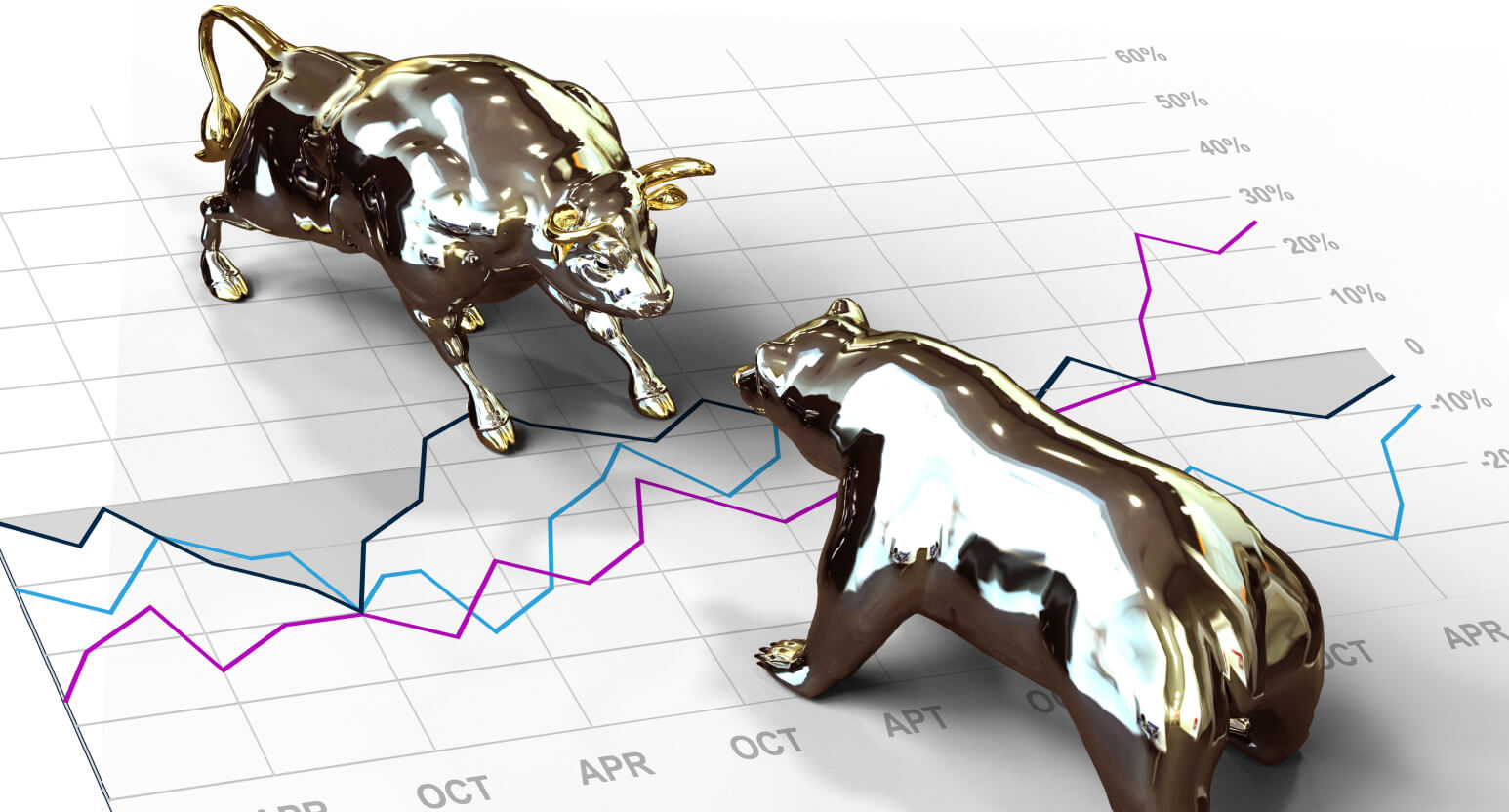Can leverage plus an understanding of margin reduce risk?
Maybe….it depends on how well you know the product.
CFDs provide an easy and cost-effective way for you to access stock, commodity, currency and crypto markets around the clock. Many people have an opinion on the direction of financial markets but may be uncomfortable with exposing themselves to high amounts of capital risk.
In this article, we will focus on maximizing capital efficiency using a financial derivative called a Contract-for-Difference (CFD).
The aim here is to share with you some methods for maximizing your risk capital using CFDs.
How Can leverage maximize my risk capital?
The leverage available in CFD trading allows you to utilize your capital more efficiently.
For example, if you have $1,000 in the bank and you want to use this capital to speculate on the direction of the price of Netflix shares, here are two options:
- Buy $1,000 of Netflix using all available capital. This can be done by buying Netflix shares on the stock exchange. Your exposure would be $1,000 worth of Netflix shares.
In this case you will expose your entire $1,000 to market risk.
- Buy Netflix CFDs on margin, taking advantage of the 5:1 leverage available with CFDs. This allows you to control the same $1,000 exposure of Netflix by leveraging $200 of available capital.
In this case only $200 of your capital is exposed to market risk. However, its recommended to maintain excess margin in your account in order to reduce the risk of a margin close out.
In both situations, you would have exposure to Netflix and the same type of market risks and opportunities, but in this illustration, you gain the same amount of market exposure while using significantly less of your available capital.
Now let’s look at this example by replacing Netflix with Crude Oil (CL):
How Trading CFDs on margin works:

The Crude Oil CFD could have a value of $50, and you are seeking a $5,000 exposure. Since CFDs are traded as a margin product you would be able to buy or sell a $5,000 value of Oil as a CFD with margin deposit of about $500, which is only 10% of the contract value.
In the CFD market, your margin deposit is not partial payment for the CFD product, it’s good faith money you deposit with your broker to make sure you are able to meet the performance obligations of your CFD positions.
Without a margin deposit it would be impossible for your broker to protect itself against market risk. Your CFD positions are priced to market so that the day-to-day profits are credited, and losses are debited from your account against your margin trading account.
In both on the above examples, you would have exposure to Netflix or Crude Oil and the same type of market risks and opportunities, because of the leverage that CFDs provide, this product allows you to gain the same amount of market exposure while using significantly less of your available capital.
How can I increase market exposure while reducing my margin close out risk?
The two keys:
- Know your product
- Know your broker’s Margin Close Out (MCO) Rule
Understanding your product:
- Know your product margin requirement
- Margin requirements will range from 0.5% to 50% of trade value depending on whether you’re classified as a retail or professional client, and the asset traded.
For example: Retail account margin requirement for Gold is 5% and for Professional account 0.5% on total trade size.
Retail client Buys 100 Gold CFDs at $1,500 for trade value worth $150,000 would require $7,500 margin in order to have a $150,000 exposure.
Professional client Buys 100 Gold CFDs at $1,500 for trade value worth $150,000 would require $750 margin in order to have a $150,000 exposure.
2. Know your broker’s Margin Close Out (MCO) Rule
- The MCO rule is an important safety measure that provides additional protection to retail clients.
- Provided you’re seeking to maximize market exposure, the rules behind the MCO may work towards your advantage and may even assist with reducing your overall account risk.
Remember the aim of this article is to discuss a method that can maximize your risk capital!
If you add to a position or sustain a loss and your account no longer meets the margin requirements, you will receive a margin call that will require you either to add money to the account or reduce your positions until the minimum margin requirements are satisfied.
The MCO rule is an event that triggers the automatic closure of your open positions if the total margin in your account falls under 50% of the amount of initial margin required.
Illustration 1: Account with 2 open positions

![]()
- The above account has $114.36 in Account Equity
- Market Exposure is $838.21
- $85.77 is the Used Margin requirement to maintain market exposure $838.21
- If the Account Equity falls below 50% ($42.88) of Used Margin ($85.77) the MCO rule will be triggered and your open positions will automatically be closed out
- MCO is triggered when Margin % falls below 0%
Illustration 2: Same Account with 3 open positions (increased exposure)


- Market Exposure is increased from $838.21 to $933.11 by adding a 3rd position
- Used Margin increased from $85.77 to $95.52
- If the Account Equity falls below 50% ($47.76) of Used Margin ($95.52) the MCO rule will be triggered and your open positions will automatically be closed out
- The increase in exposure leads to an increase in Used Margin
- Thereby an increase in Used Margin (increased market exposure) can work in your favour since in terms of reducing the risk of triggering an MCO event
And that is how you can increase market exposure while reducing margin close out risk.
Good luck and happy trading.
Source: FXGM Investment Research Department
